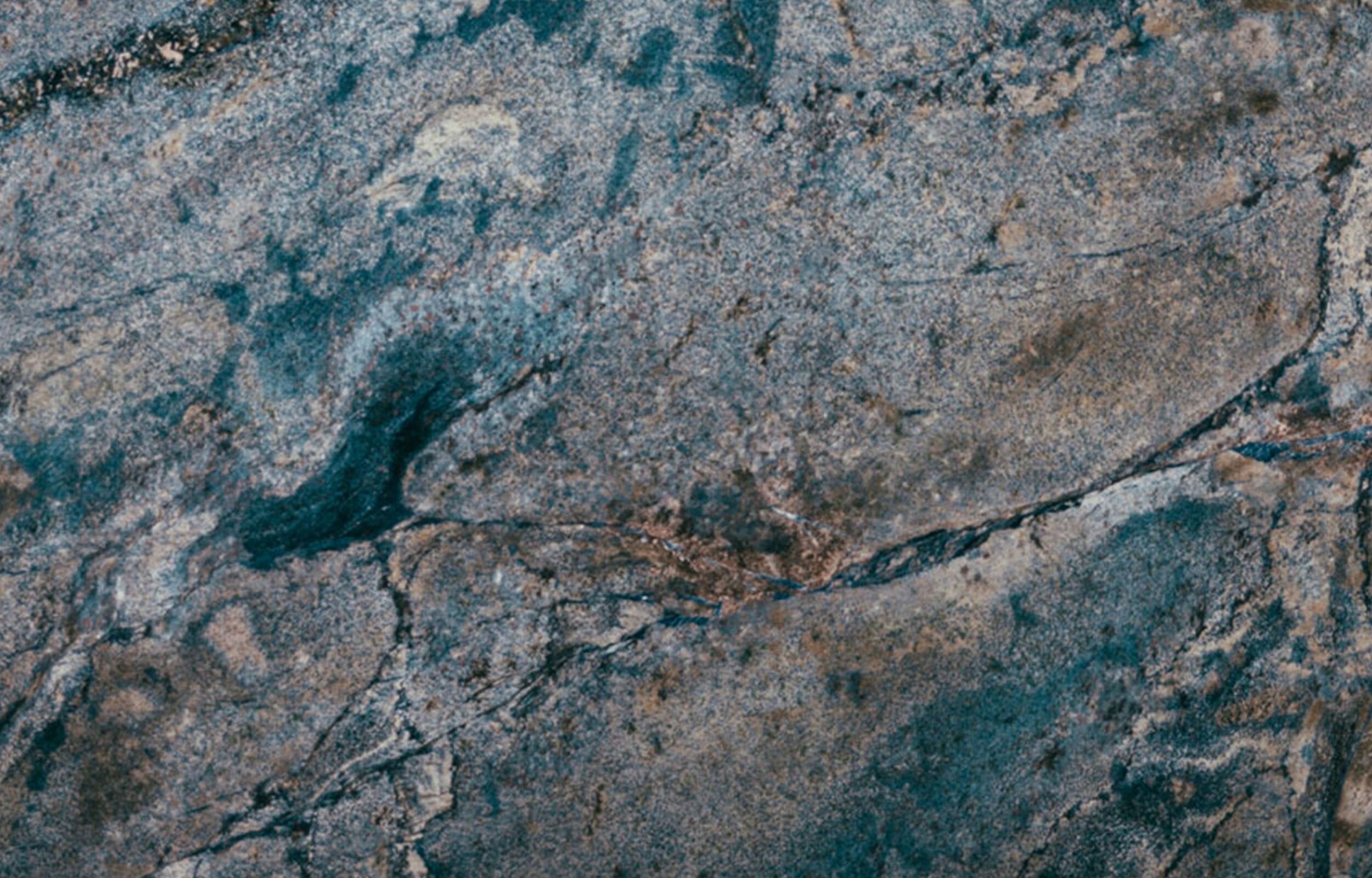Most homeowners will agree when you ask if they left their hard scratching when trying to choose a material for their kitchen and bathroom countertops. And it is for a fact that they will come down to either marble or granite. Marble and granite are lovely, appealing materials that can provide a pleasant aesthetic touch to your home. Because of this, most individuals need clarification when selecting natural stones. Since you need help with the decision, let’s look at the differences between marble and granite.
What are the differences between Marble and Granite?
Marble and granite are both types of naturally occurring stone that are extracted from quarries. Although marble and granite share some fundamental characteristics, they also differ significantly. Let’s look at the differences. The placement of the countertops, as well as how you want to use and maintain them, will determine whether you choose to install marble or granite counters in your home.
Origin
Granite: Over millions of years, magma located deep inside the earth solidifies and cools to form granite. It is categorized as an igneous rock since it forms when molten magma is cooled. Granite formed as a very hard substance as a result of heating and gradual cooling. The two extremely hard minerals Feldspar and Quartz, make up most of the granite.
Marble: As marble is a sedimentary stone (limestone) that has undergone metamorphic change, it is categorized as a metamorphic stone. Sedimentary rocks are created over a prolonged period by combining buried plant life and sediments deep inside the earth. Under extreme heat and pressure, these sedimentary rocks transform into marble. Through this procedure, additional minerals that might give marble its appealing colors are infused into the stone.
TL; DR, Limestone starts as limestone and eventually becomes marble. Granite is an igneous rock that develops over millions of years as magma solidifies and cools very deep inside the earth.
Overall Appearance
Granite: As granite is composed of many components in the form of grains, which are visible on granite surfaces, it comes in a broad variety of hues and patterns. Each granite block may come in a wide spectrum of colors, usually in medium to dark tints of green, blue, orange, red, and other colors.
Marble: Contrarily, marble has veins going through stone and is a more uniform shade of hue. In marble, contaminants like iron oxide are typically what cause the veins.
Durability
Granite: On the Mohs scale, granite ranges from 6 to 7. Granite is a great material for outdoor and indoor kitchen counters since it is resistant to heat damage and scratches. With normal use at home, granite countertops won’t scratch or stain.
Marble: On the Mohs scale, marble ranges in hardness from 3 to 5. Marble is less resilient than granite, and regular kitchen activities like chopping will scratch it. Marble can be damaged by hot cookware and plates as well. For low-traffic areas like the bathroom, fireplace frame, and cosmetic accents, marble is a better surface choice.
Maintenance
Granite: It’s simple to maintain your granite countertop when it has been professionally sealed. To dust the surface, use a soft cloth. You may also clean it with some mild dish soap or water. Use a pH-neutral stone cleaner if your granite countertop needs additional cleaning. In any case, you should never use strong chemicals or abrasive cleaners. Once sealed, you can handle it for about two years.
Marble: On the other hand, marble required comparatively high maintenance. Cleaning marble surfaces regularly is part of marble care and maintenance. Due to the sensitivity of marble to acids, you must select a cleaner that won’t damage its surfaces. Any acid used with tough materials could cause etches, which are dull areas. Cleaners containing vinegar, lemon, or orange should be avoided because they may etch the surfaces.
Additionally, stay away from abrasive cleaning supplies. Marble countertops should not be cleaned using products designed for granite countertops. It would help if you didn’t even use bathroom cleaners unless they are made especially for marble.
TL; DR: Granite requires low maintenance, while marble requires high maintenance.
Cost
Your expenses can vary depending on who you work with, the size you need, the type and quantity of stone, and the finishing you choose. Granite is cheaper than marble, with installation costs starting at about $70 per square foot and going up to $100 for higher-end stone. Installed marble countertops can cost more than $200 and start at about $100/square foot. Check with your local provider for the most recent prices, as they change frequently. In general, marble is more expensive per square foot than granite. However, you should open your reasoning to something other than that.
Conclusion
So now you are aware of every characteristic of the two stones. Both have special traits and qualities that are all their own. Ultimately, it all comes down to how this stone will look and where you plan to place it. Choose marble if you’re willing to invest some effort in maintenance; otherwise, choose granite if you’re looking for a natural stone with greater durability, scratch resistance, and low care requirements.

